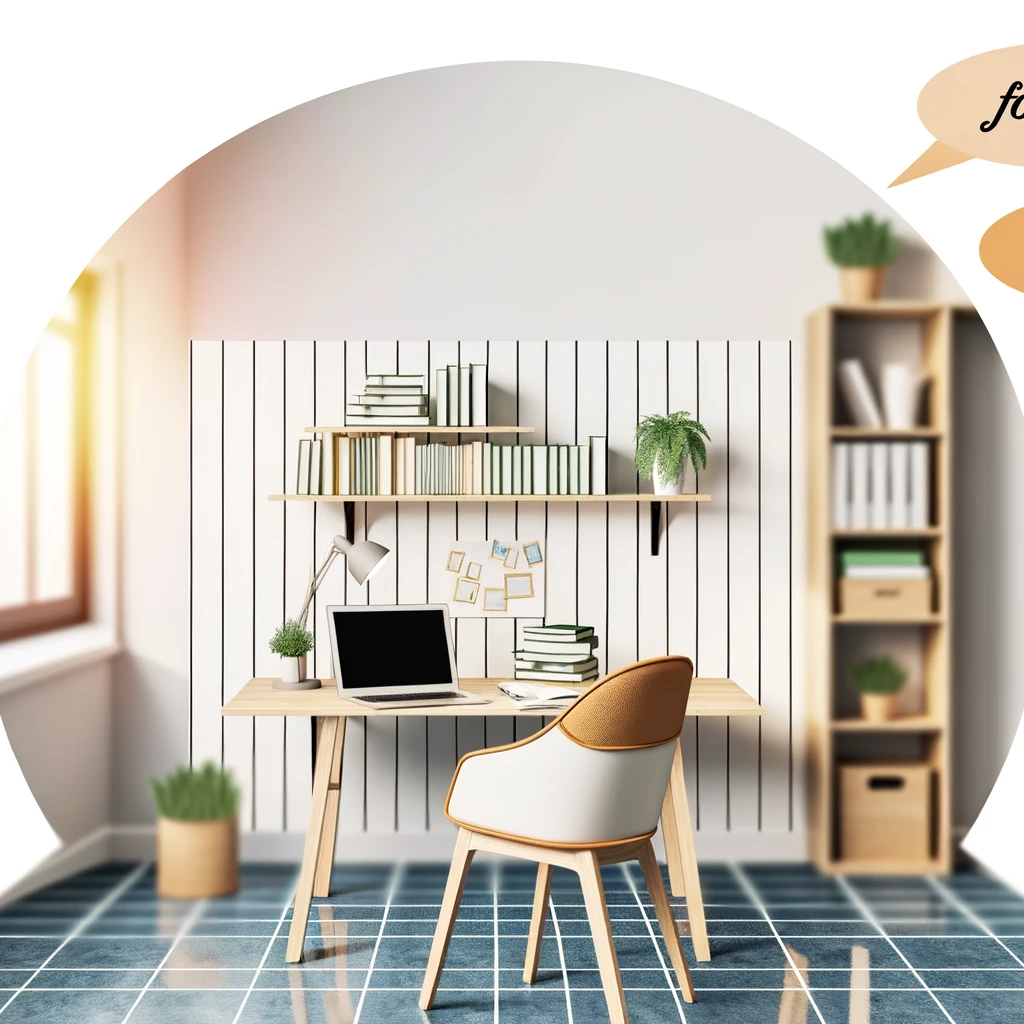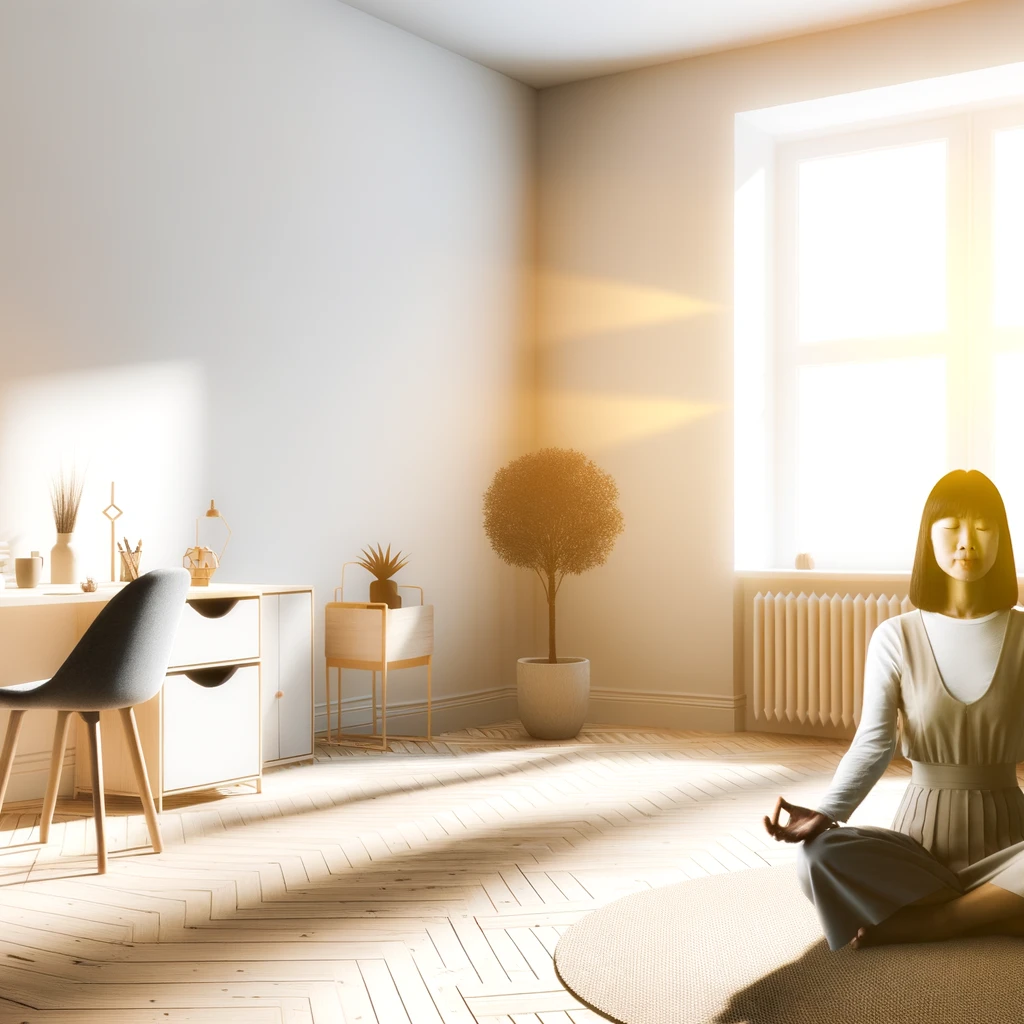
Customizing Your Study Environment for Optimal Learning
In today's fast-paced world, the need for effective learning strategies is more important than ever. One of the key factors that can significantly impact your learning efficiency is your study environment. Customizing your study space not only fosters concentration but also enhances productivity and creativity.
The Importance of a Well-Designed Study Environment
A well-designed study environment is crucial for maintaining focus and motivation. Research has shown that the physical environment in which you study can affect your ability to concentrate, your mood, and even your ability to retain information.
Key Elements of an Optimal Study Environment
- Lighting: Ensure your study area is well-lit. Natural light is preferable, as it reduces eye strain and boosts mood. If natural light isn't an option, use a desk lamp with a warm light bulb.
- Ergonomics: Invest in a comfortable chair and desk that are at the right height for your body. This can prevent strain and fatigue, allowing you to study longer.
- Organization: Keep your study space organized. A clutter-free environment helps reduce distractions and improve focus.
- Color Psychology: Incorporate colors that enhance concentration and calmness. Blue and green are known for their calming effects, while yellow can stimulate creativity.
Personalizing Your Study Space
Your study space should reflect your personal style and preferences, making it a place you look forward to spending time in. Here are some tips to personalize your study space:
- Decor: Add personal items like photos or artwork that inspire you.
- Plants: Incorporate plants to improve air quality and bring a touch of nature indoors.
- Aromatherapy: Use essential oils or scented candles to create a pleasant atmosphere. Scents like lavender and peppermint can aid concentration.
Minimizing Distractions
A key aspect of optimizing your study environment is minimizing distractions. Consider the following strategies:
- Technology: Use apps that block distracting websites and notifications on your devices during study sessions.
- Sound: If noise is an issue, consider noise-canceling headphones or a white noise machine to create a quiet environment.
- Time Management: Implement techniques like the Pomodoro Technique to manage your time effectively and take regular breaks.
Adapting to Different Learning Styles
Everyone has a unique learning style, and your study environment should cater to your specific needs. Whether you are a visual, auditory, or kinesthetic learner, there are ways to adapt your space to enhance your learning experience.
Visual Learners
Visual learners benefit from visual aids. Use charts, diagrams, and color-coded notes to organize information. Consider a large whiteboard or corkboard to map out ideas.
Auditory Learners
Auditory learners may benefit from recording lectures or using text-to-speech software. Create a playlist of instrumental music or ambient sounds that help you focus.
Kinesthetic Learners
Kinesthetic learners benefit from a more dynamic environment. Incorporate physical activities like using a standing desk or taking frequent breaks to move around.
Conclusion
By customizing your study environment to suit your personal preferences and learning style, you can create a space that not only boosts productivity but also enhances your overall learning experience. Implement these strategies to make the most out of your study sessions and achieve your academic goals.
Related Articles





